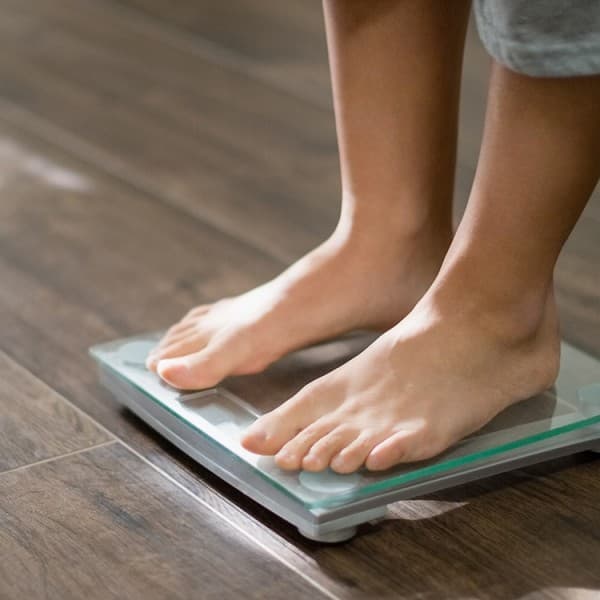How do you measure your blood pressure?
The only way to know the level of your blood pressure is to measure it with a blood pressure cuff, which can
be done in a medical setting or at home. An at-home blood pressure cuff, like the
OMRON Evolv
, can take accurate blood pressure measurements from home in seconds.
Here are a few tips for measuring your blood pressure at home:
-
Rest first
. Before you take your blood pressure, sit still for five minutes with both feet on the ground and your legs
uncrossed. Place your left arm on a table so that your upper arm is resting at chest height. This will help
make sure you are at rest and can get an accurate reading.
3
-
Find your benchmark
. Take one or two recordings in the morning and one or two at night. This will help give you an idea of what
your “normal” blood pressure is so that you can identify any irregularities should they arise.
-
Use Kardia
. The Kardia app can help you keep track of your blood pressure recordings and symptoms. You’ll get
detailed insights
on your data that can help you identify patterns or irregularities. Download your data directly from the app
and send it to your doctor for review.
Why is at-home blood pressure tracking important?
Tracking your blood pressure at home can help you catch early signs of hypertension, which oftentimes has no
other symptoms.
4
The sooner you detect high blood pressure, the better, as it can lead to serious heart complications including
heart attack and stroke.
1
In addition, some people may be nervous or anxious for a doctor’s appointment may increase your blood
pressure. This is referred to as “white coat syndrome” and can give incorrect readings of your vitals in a
medical setting. Tracking your blood pressure at home can help you get a reading that’s truer to your average
day.
And finally, understanding your blood pressure can help give you a better picture of your overall
health—especially as it relates to your heart, one of your most important organs. Staying on top of your blood
pressure and tracking it every day can help you lead a more heart-healthy lifestyle.
Looking to learn more about your own heart health, track reliable heart metrics, and do it all from home? Kardia can help. Shop our medical-grade, FDA-cleared personal EKGs now.
1.
https://newsinhealth.nih.gov/2016/01/blood-pressure-matters
2.
https://www.fda.gov/drugs/special-features/high-blood-pressure-understanding-silent-killer
3.
https://health.clevelandclinic.org/how-to-take-blood-pressure/
4.
https://my.clevelandclinic.org/health/diseases/17649-blood-pressure





%2F1_HowCanTheMazeProcedureRelieveAFib_2024-01-08-201903_qefy-hero-sm.jpg&w=3840&q=75)
